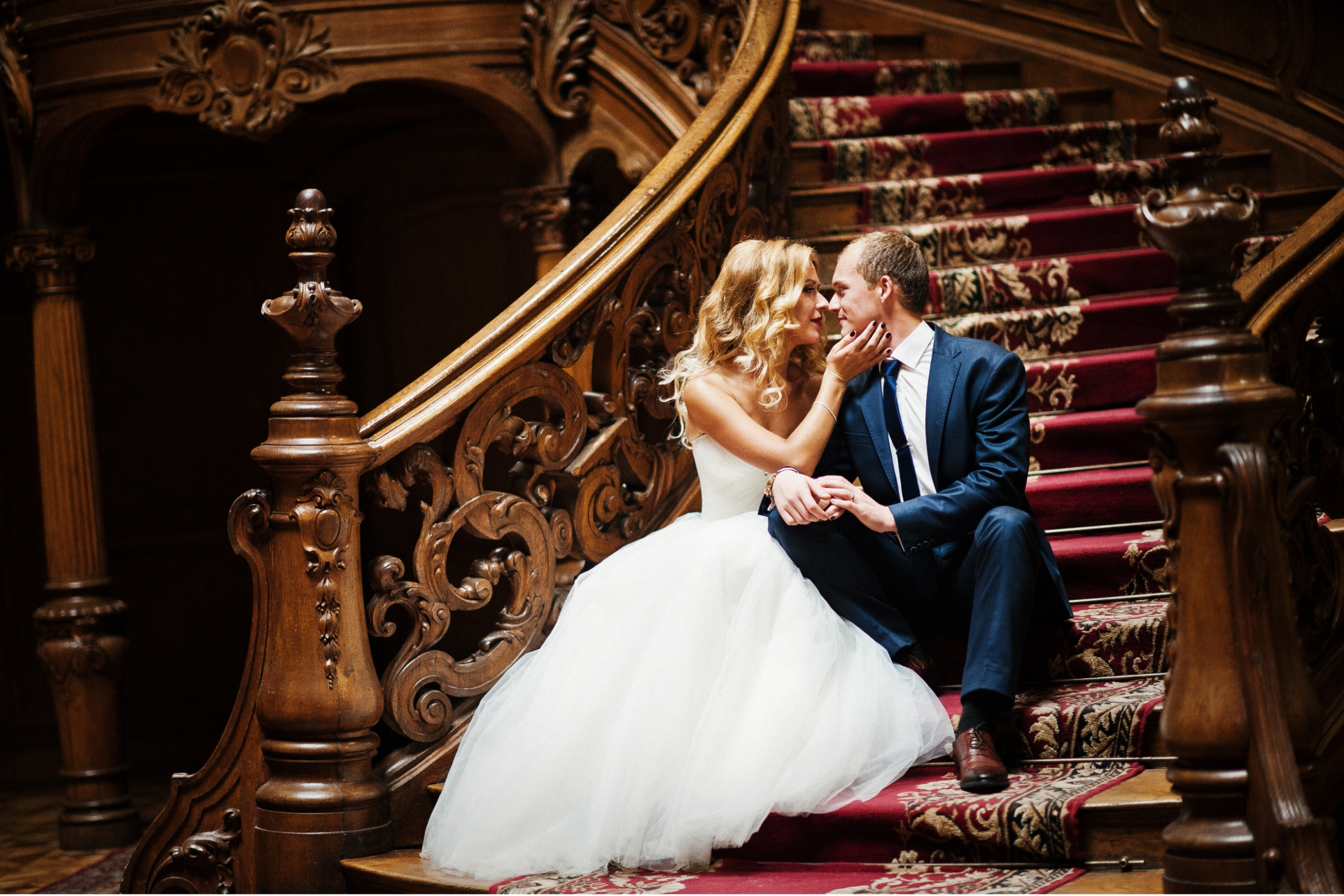Reimagining Cultural Weddings with AI: Honor Tradition, Plan Smarter
Cultural Weddings Reimagined can blend age-old rituals with modern tools to create celebrations that are both authentic and accessible. Couples and planners now have access to AI-powered resources that help honor traditions while improving logistics, communication, and inclusivity. This article explores practical ways to use AI thoughtfully when planning culturally diverse weddings, with tips for preserving meaning, managing vendors, and creating memorable guest experiences.
Cultural Weddings Reimagined: AI tools for inclusive planning
Why AI fits modern multicultural weddings
- Scale and personalization: AI can analyze guest lists, dietary needs, and cultural preferences to suggest customized seating, menus, and ceremony flows that respect different traditions.
- Language and communication: Real-time translation, multilingual invitations, and automated RSVP follow-ups make it easier for families with varied language backgrounds to participate fully.
- Efficiency: Generating timelines, vendor checklists, and contingency plans reduces stress and frees planners to focus on the human elements of the celebration.
Practical ways AI enhances tradition without erasing it
-
Mapping rituals and creating respectful timelines
AI-driven planners can intake details about multiple rituals (e.g., tea ceremonies, handfastings, kolam drawings) and propose a timeline that fits venue constraints while honoring sequence and prayer times. The tool can flag potential conflicts—like overlapping rites or vendor setup times—so planners can consult elders to confirm cultural priorities. -
Multilingual ceremony scripts and family prompts
Use AI to draft multilingual ceremony scripts that include proper honorifics, transliterations, and cultural context notes. These can be reviewed by community leaders or family members for accuracy. AI can also produce cue cards for officiants and family members to help with pronunciations and timing. -
Inclusive menus and dietary accommodations
AI menu planners can match regional recipes with local suppliers, adapt recipes for dietary restrictions (halal, kosher, vegan, gluten-free), and produce translated ingredient lists for guests with allergies. They can also estimate quantities based on guest demographics to reduce waste. -
Vendor matching and culturally competent sourcing
AI platforms can surface vendors with proven experience in specific cultural ceremonies, or identify artisans for traditional attire and décor. Advanced matching algorithms can prioritize vendors who have positive reviews for cultural competence and accessibility. -
Guest experience personalization
From culturally curated playlists to suggested attire guides and family-history content displays, AI can assemble personalized touches. For long-distance guests, AI-powered virtual experiences—like 360° livestreams or VR walkthroughs—allow participation when travel isn’t possible.
Design principles to keep culture at the center
- Human-in-the-loop: Always pair AI outputs with human review—especially by cultural insiders, elders, or professional consultants. AI excels at pattern recognition and logistics but can miss nuance, symbolism, and etiquette.
- Transparency and consent: Inform families and vendors when AI tools are being used (e.g., for seating optimization or photo tagging). Obtain permission for using personal data and for sharing recorded rituals.
- Cultural validation: Use AI-generated templates as drafts to be validated by community members. Respect variations within communities—there is no single “authentic” version of most traditions.
- Accessibility-first: Prioritize tools that support closed captions, transcripts, and assistive technologies so that guests of all abilities can engage fully.
Ethical considerations and data privacy
AI models rely on data. For weddings, that means sensitive personal information—religious affiliation, dietary needs, family relationships. Choose platforms with strong privacy safeguards, local data storage options, and clear data-retention policies. Avoid training public-facing generative models on private ceremony details without explicit consent.
Sample workflow for planners
- Intake: Collect cultural requirements, rituals, language needs, accessibility requirements, and guest demographics.
- Draft: Use AI to produce a draft timeline, multilingual scripts, vendor shortlist, and menu options.
- Review: Have elders, cultural consultants, and key family members review and suggest edits.
- Finalize: Lock in vendor contracts, confirm translations and pronunciations, and distribute clear, multilingual guest communications.
- Execute & post-event: Use AI for real-time coordination (timers, prompts) and for post-event tasks like creating multilingual photo albums and thank-you notes.
Conclusion
When used thoughtfully, AI can amplify respect for tradition rather than replace it—turning logistical complexity into an opportunity for inclusion and creative collaboration. By keeping cultural experts and families involved at every step, planners can harness AI’s precision to craft weddings that feel both deeply rooted and refreshingly modern. The result is a celebration where authenticity and accessibility coexist, and every guest can find a meaningful place at the table.





